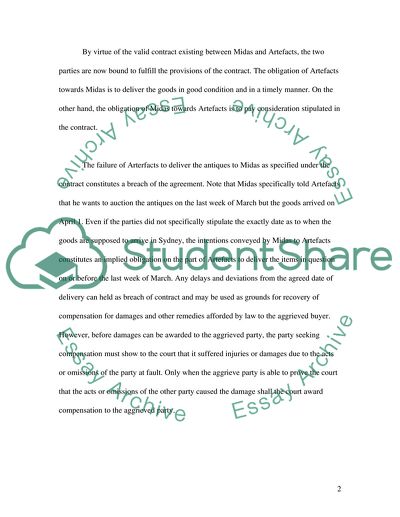Cite this document
(Legal Positions of Artefacts and Midas Case Study, n.d.)
Legal Positions of Artefacts and Midas Case Study. Retrieved from https://studentshare.org/law/1736570-the-law-of-international-trade
Legal Positions of Artefacts and Midas Case Study. Retrieved from https://studentshare.org/law/1736570-the-law-of-international-trade
(Legal Positions of Artefacts and Midas Case Study)
Legal Positions of Artefacts and Midas Case Study. https://studentshare.org/law/1736570-the-law-of-international-trade.
Legal Positions of Artefacts and Midas Case Study. https://studentshare.org/law/1736570-the-law-of-international-trade.
“Legal Positions of Artefacts and Midas Case Study”, n.d. https://studentshare.org/law/1736570-the-law-of-international-trade.


